Japanese Power Battery Tries to "Catch up" with China and South Korea
Once, Japan's power battery was far ahead in the world, but in recent years it gradually lagged behind China and South Korea. Panasonic was once the world's No. 1 power battery manufacturer, and has been replaced by China's Ningde era and surpassed by BYD, LG new energy, SK On, etc.
SNE Research data shows that in the first half of 2024, the world power Battery the loading capacity is about 364.6GWh. The top ten companies are Ningde era, BYD, LG new energy, SK On, China innovation and innovation airlines, Samsung SDI, Panasonic, Guoxuan Gaoke, yiweilieng Santa He Xin series Wanda. Among them, China's power battery enterprises occupy six seats and South Korea enterprises occupy three seats. However, there is only one Panasonic in Japan, with an installed capacity of 16.2GWh, down 25.1 percent year-on-year, ranking seventh, with the market share declining to 4.4 percent.
In order to catch up with Chinese and Korean enterprises, according to foreign media reports, Japanese automobile industry chain enterprises such as Toyota and Nissan will expand their domestic power battery production capacity with the support of the government, it plans to invest about 1 trillion yen (about 50 billion yuan) to expand Japan's domestic battery capacity by 50% to 1.5 times the current level by 2028, that is, from 80GWh/year to 120GWh/year. According to the plan of Japan's multiparity provinces, its domestic battery capacity will be increased to 150GWh by 2030.
"The Japanese government will provide up to 350 billion yen (about 17 billion yuan) subsidy support for 12 batteries or battery parts, materials or production equipment projects," said Saito Jian, Minister of Economy and Industry of Japan, it is hoped that these efforts will strengthen Japan's battery supply chain and competitiveness in the battery industry.
01
increase production capacity one after another
Also in Fukuoka county, Nissan plans to invest 150 billion yen (about 7.3 billion yuan) to build battery for cars factories with a planned capacity of 5GWh. It is worth noting that Nissan has targeted its investment direction at lithium iron phosphate batteries with lower costs. It is reported that the factory is planned to be put into production in the summer of 2028, mainly for supporting micro-electric vehicles.
As Japan's largest battery manufacturer, Panasonic Energy will jointly invest about 550 billion yen (about 27 billion yuan) with Subaru and Mazda to build a next-generation cylindrical battery factory in qunma County and Osaka prefecture north of Tokyo. From 2027, Panasonic Energy will produce this battery for Subaru and Mazda. According to the plan, the annual production capacity of qunma factory will reach 16GWh by 2030, while the annual production capacity of Osaka factory will reach 4GWh.
In addition, Japanese battery company Jess Tangxian plans to increase the battery production of Mitsubishi Motors by about 30% in fiscal year 2024. It is reported that Jieshi tangqian will invest billions of yen in its factory in Shiga County, which will produce batteries for Mitsubishi Eclipse Cross plug-in hybrid cars and Minicab electric cars.
In terms of battery materials, in September this year, Japanese catalyst, a manufacturer of chemical products, announced that it would build a new electrolyte factory in Fukuoka County with the goal of starting commercial production of lithium bisfluorosulfonimide (LiFSI) by 2028. The company is expected to invest 37.5 billion yen (about 1.8 billion yuan) to build the factory. The annual capacity of the new factory is expected to be 3,000 tons. If all the above lithium salt products are used as electrolyte, it can meet the production requirements of 21GWh batteries.
02
to achieve "overtaking" through solid-state batteries"
on the one hand, it vigorously expands the battery capacity; On the other hand, Japan also promotes the commercialization of solid-state batteries with the national power, trying to achieve "overtaking in corners". Previously, Japan's new energy industry technology Comprehensive Development Agency released an all-solid-state battery attack plan. Toyota, Honda, Nissan, Panasonic and other 23 automobile, battery and material enterprises, as well as Kyoto University, 15 academic institutions such as Japan Institute of Physical Chemistry will participate in the research, aiming at fully mastering all-solid-state battery related technologies.
In last September, Toyota announced key progress in solid-state battery research and development, and is expected to start large-scale production in 2027or 2028. In addition, Toyota also announced that it had reached an agreement with Japanese energy giant to cooperate in the development of mass production technology of solid electrolyte, aiming to ensure that vehicles carrying all-solid-state batteries will be listed in the market from 2027 to 2028, after that, full mass production will be realized.
It is understood that Nissan Motor is building a new all-solid-state battery test production line in its factory in Yokohama. It is expected to start production in March 2025and plans to launch electric vehicles with solid-state batteries in 2028. Nissan revealed that the energy density of all-solid-state batteries it developed will be significantly improved. Compared with traditional lithium batteries, the energy density can be increased to about twice.
Honda plans to launch electric vehicles with all-solid-state batteries in the second half of 2025. The company predicts that with the expansion of production scale and further reduction of costs, solid-state batteries will gradually spread to Honda's multiple models in the next decade.
However, it is worth noting that it is not easy to realize mass production of solid-state batteries as the next generation of technology. In March this year, Zeng Yuqun, chairman of Ningde era, said in an interview with the media that the solid-state batteries of electric vehicles advocated by Japanese automakers and others were still several years away from commercialization. This technology was not perfect enough and lacked durability, and there are still security issues.
"Solid interface" is one of the most difficult problems of solid-state batteries at present. According to the analysis of insiders, due to the use of solid electrolyte, the ionic conductivity of solid battery is low, resulting in slower charging and discharging speed and faster capacity attenuation. Moreover, solid contact and stability are worse than liquid. To ensure the close contact of the solid, a great external pressure is required, but when the outer wall material is pressurized, the overall weight of the battery will rise sharply.
In fact, "the chemical composition, physical, chemical and mechanical properties of the positive electrode, electrolyte and negative electrode of all solid state batteries need to be improved, and the compatibility between materials and the stability of the interface still need to be improved." Sun Xueliang, a foreign academician of the Chinese Academy of Engineering, pointed out that the overall safety management strategy of solid-state batteries and the immature engineering preparation technology are all difficulties that need to be broken through.
Up to now, many car companies and battery manufacturers in China and South Korea have also been vigorously distributing solid-state batteries. Among them, China has already completed loading in the semi-solid-state battery field and has continued to make breakthroughs in all solid-state batteries. It is not easy for Japanese manufacturers to "turn over" through solid-state batteries.
 Dongguan Juneng New Energy Technology Co., Ltd.
Dongguan Juneng New Energy Technology Co., Ltd.
 137 5142 6524(Miss Gao)
137 5142 6524(Miss Gao)
 susiegao@power-ing.com
susiegao@power-ing.com
 Xinghuiyuan High tech Industrial Park, Dalang Town, Dongguan City, Guangdong Province
Xinghuiyuan High tech Industrial Park, Dalang Town, Dongguan City, Guangdong Province


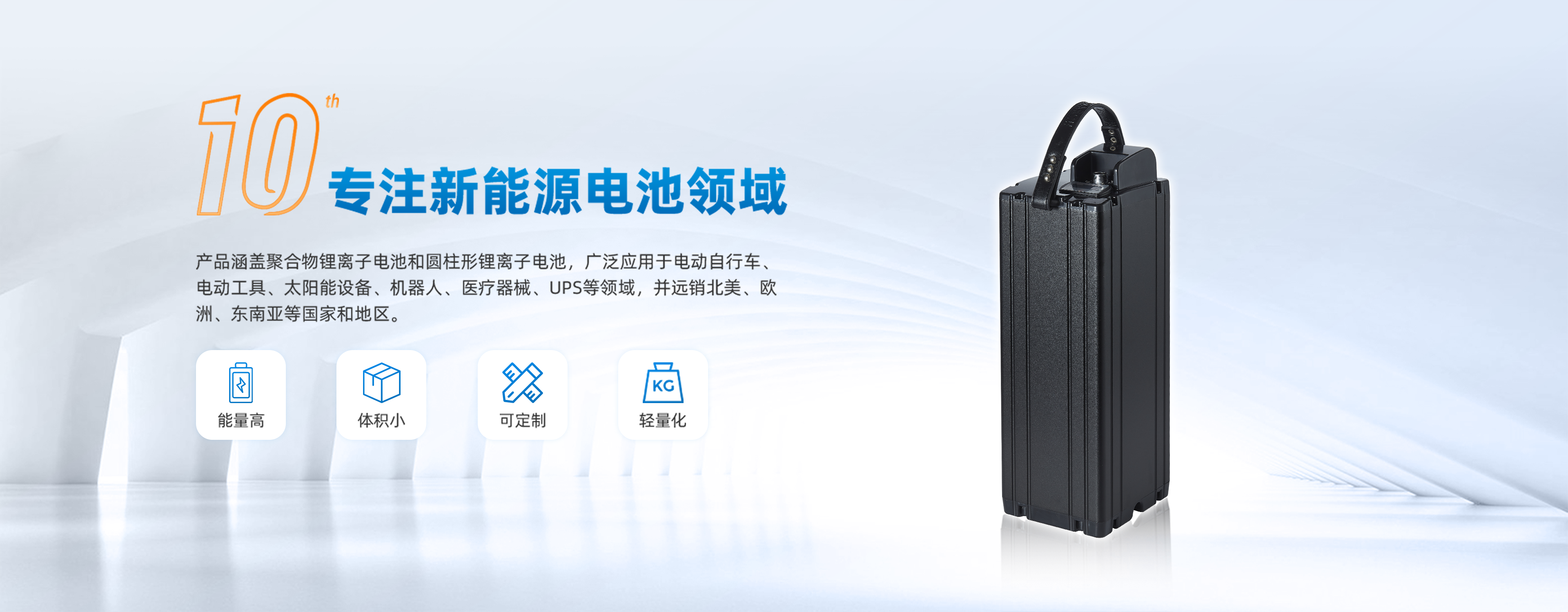
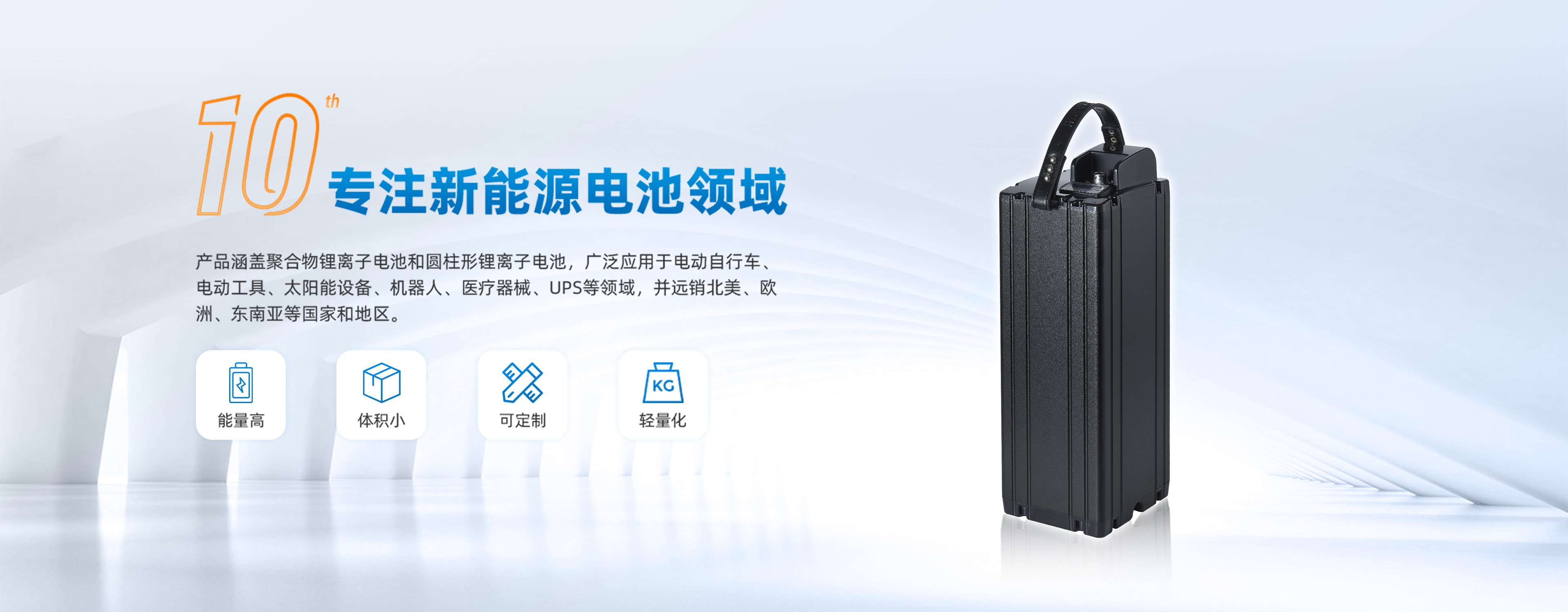
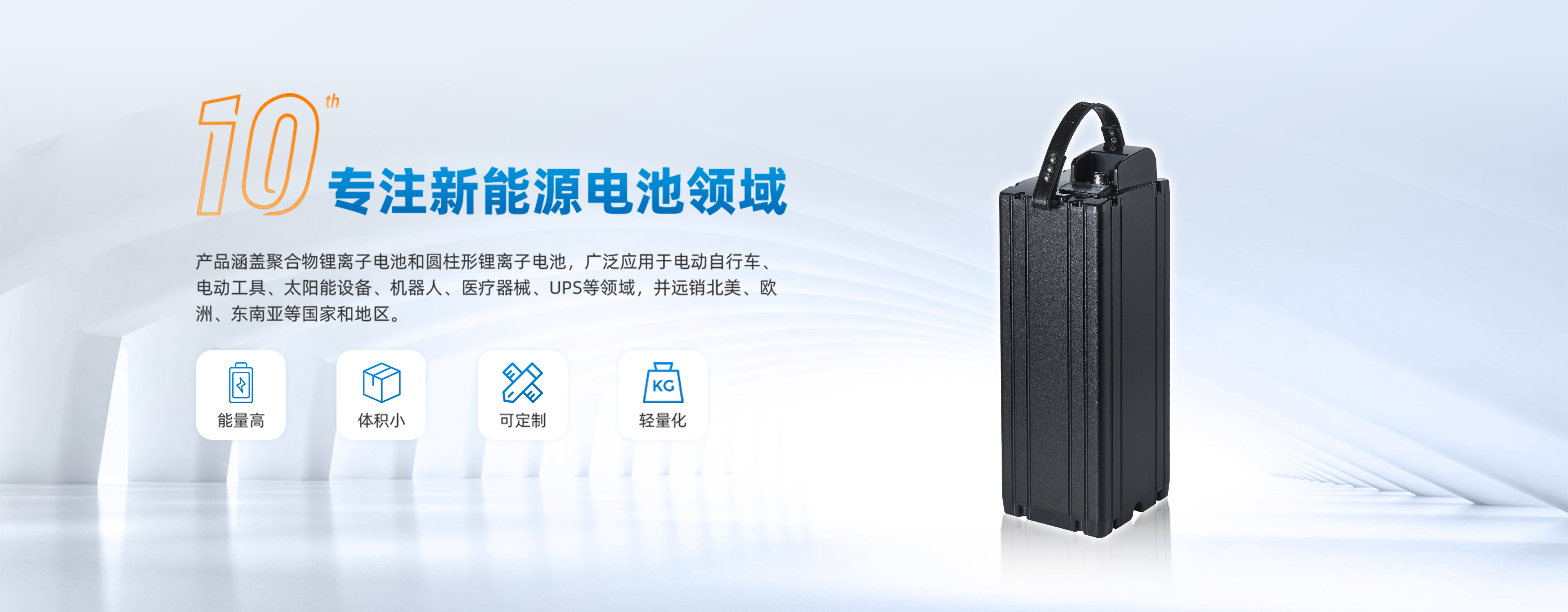



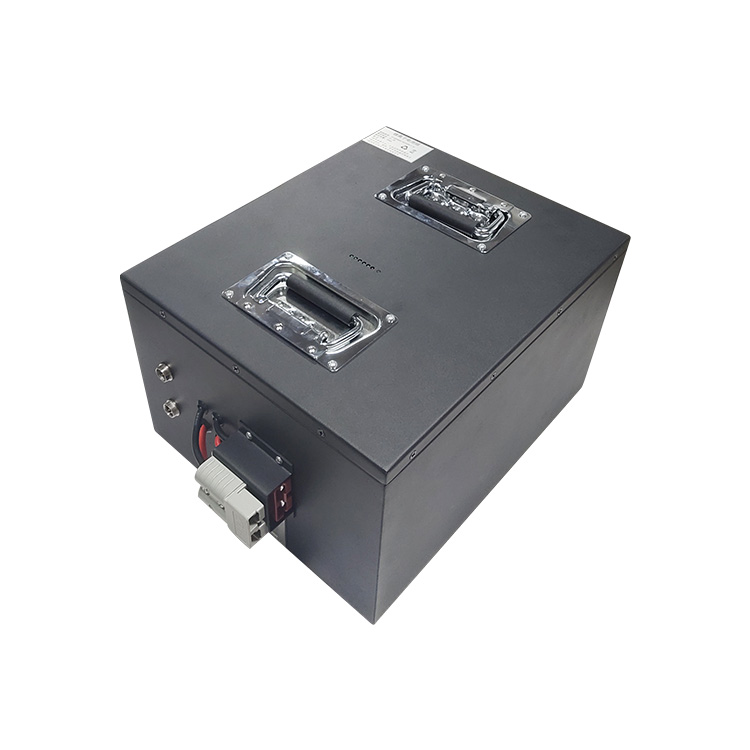


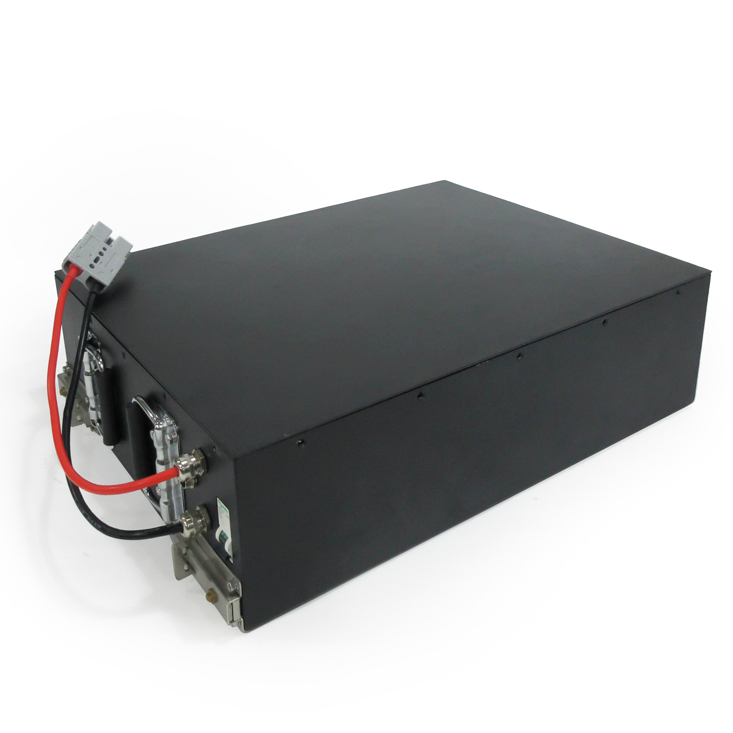

 Yue Gong Wang An Bei No. 4419002007491
Yue Gong Wang An Bei No. 4419002007491